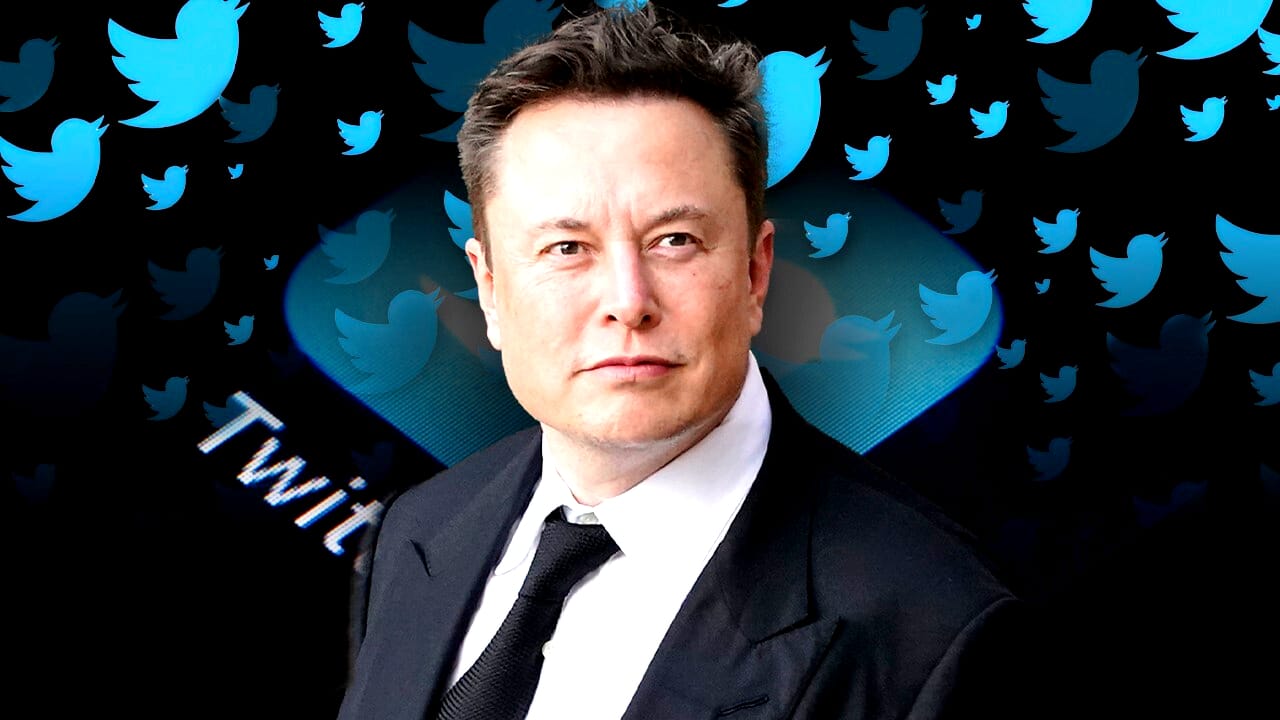Social media platform Twitter struck a deal on Monday with billionaire Elon Musk, who wants to take the platform over and take it private. Musk had offered to buy Twitter for $54.20 per share in cash, for a total of $44 billion.
He had already made the offer in mid-April, and yesterday Twitter agreed to the deal (via cnet.com). The purchase could change a lot on the popular short message platform. We list the changes that could be coming your way
Table of Contents
Musk has big plans for Twitter
Earlier yesterday, Musk shared a screenshot from a statement of his that already hints at some of the changes explained in more detail below. Specifically, it states:
Freedom of speech is the foundation of a functioning democracy, and Twitter is the digital marketplace where issues affecting the future of humanity are discussed.
I want to make Twitter better than ever by improving the product with new features, making the algorithms open source to increase trust, defeating the spam bots and authenticating all people.
Twitter has huge potential – I look forward to working with the company and the community to unlock it.
🚀💫️ Yesss!!! ️💫🚀 pic.twitter.com/0T9HzUHuh6
– Elon Musk (@elonmusk) April 25, 2022
Change 1: Publish the algorithm
In the statement, Musk clearly states that he wants to make the algorithm open source, i.e. public. This algorithm is essentially responsible for determining which content you see on Twitter (first) and which is not shown to you immediately.
However, it is not yet clear how exactly this is determined. Musk already hinted that he would like to change this at the end of March, when he started a poll asking whether the algorithm should be open source:
Twitter algorithm should be open source
– Elon Musk (@elonmusk) March 24, 2022
Musk, however, goes one step further. In a live interview with TED, he said that users should be able to see if their tweets have been demoted or highlighted by the platform to create transparency. Also, the code should be on the coding platform Github, where programmers can search Twitter code for bugs and suggest improvements.
Amendment 2: Dealing with freedom of speech
Before we begin, let’s briefly clarify the terminology: American Freedom of Speech is not the same as German Freedom of Expression. In most cases, the American Freedom of Speech is interpreted very broadly, which means that it also covers statements that in other countries already fall under the criminal offence of incitement to hatred, incitement to commit a crime or defamation. For example, making untrue statements of fact is not a criminal offence in the US and is covered by freedom of speech.
Musk has mentioned in previous tweets that he currently disagrees with Twitter’s handling of free speech. Specifically, he wrote:
Because Twitter serves as a de facto public marketplace, failure to respect the principles of free speech fundamentally undermines democracy.
What should be done?
Given that Twitter serves as the de facto public town square, failing to adhere to free speech principles fundamentally undermines democracy.
What should be done? https://t.co/aPS9ycji37
– Elon Musk (@elonmusk) March 26, 2022
It is still unclear exactly what measures he intends to introduce in this area. However, it is conceivable that tweets and accounts previously deleted by Twitter for policy violations could be treated differently in the future.
Change 3: Intensified fight against spam bots
Spam bots are a problem on Twitter, especially in the field of cryptocurrencies. You can find them especially among tweets from accounts that deal with Bitcoin and Co. They often imitate an account in order to get followers to transfer cryptocurrency to them. In almost all cases, this is a scam.
Musk already complained about the bots in January. There he shared a screenshot of Twitter’s plans to implement NFTs as profile pictures and harshly criticised them.
A few days before Twitter accepted his offer, Musk took up the issue again on the platform. Here he wrote: If our Twitter bid is successful, we will defeat the spam bots or die trying! And authenticate all real people.
If our twitter bid succeeds, we will defeat the spam bots or die trying!
– Elon Musk (@elonmusk) April 21, 2022
Again, the exact measures Twitter under Musk wants to take against the bots are not yet clear. What is certain, however, is that they have been a thorn in the billionaire’s side for some time and that he wants to ban the bots from the platform.
Change 4: An edit button
A button to edit tweets could also be on the wish list for changes from the new Twitter owner. So far it does not exist, probably also against the background that it could become complicated if the content of statements can be changed afterwards.
On 5 April, Elon Musk launched a poll in which he wanted to know whether his followers wanted an edit button, deliberately with misspelled answer options.
Do you want an edit button?
– Elon Musk (@elonmusk) April 5, 2022
Suggestions for implementation abound, including one from Twitter user (Everyday Astronaut). He suggests the edit function under two conditions: Firstly, it should only be available for a few minutes, i.e. five to ten minutes after the tweet has been sent. Secondly, the editing should always be traceable through a link. This way, everyone can see what has been changed.
Musk responds to this with That sounds reasonable. So there seems to be interest in the feature from his side as well.
Elon Musk buys Twitter and many want to switch to Mastodon – what is that?
The news that Elon Musk wants to buy Twitter has put the service Mastodon in the spotlight. What can the Twitter alternative do and how does the switch work?
What is Mastodon?
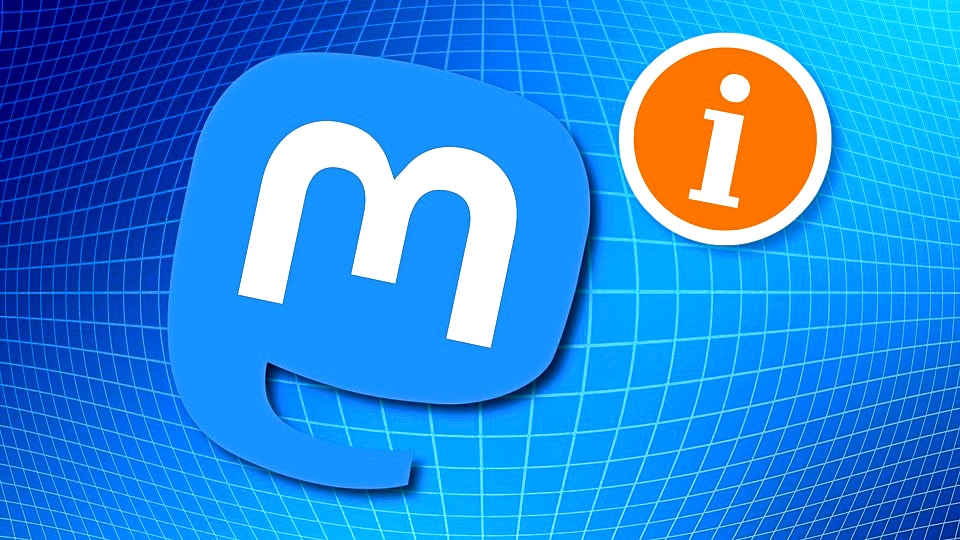
Mastodon is a social network that lets you create your own communities, follow friends and share content. Sounds like Twitter? At first glance, a lot reminds you of it, but Mastodon works differently in the background.
Mastodon was developed by the German developer (Eugen Rochko). The open-source approach means that in principle anyone can run their own Mastodon server, which becomes part of a public, decentralised network. But that doesn’t stop you from finding your friends, because the service’s features work across servers.
And not only that: other social networks such as Friendica and Misskey, as well as the Instagram alternative Pixelfed, are also compatible with Mastodon.
What features does Mastodon have?
Using Mastodon should look familiar if you’re already familiar with Twitter.
(~) Toot: The Mastodon variant of the well-known tweet. Messages can be up to 500 characters long.
(~) Boost: The equivalent of retweeting, i.e. spreading a toot further.
(~) Favourites: If you particularly like a boosted toot, you can mark it as a favourite with an asterisk, which was a heart symbol on Twitter.
Of course, you can also attach pictures and other media to your messages and set privacy functions, such as who can see your Toot.
Is there an app? Yes, there is an official Mastodon app for mobile devices. However, since the technology is open source, there are many other apps that you can use with Mastodon. Here you can find one (complete list).
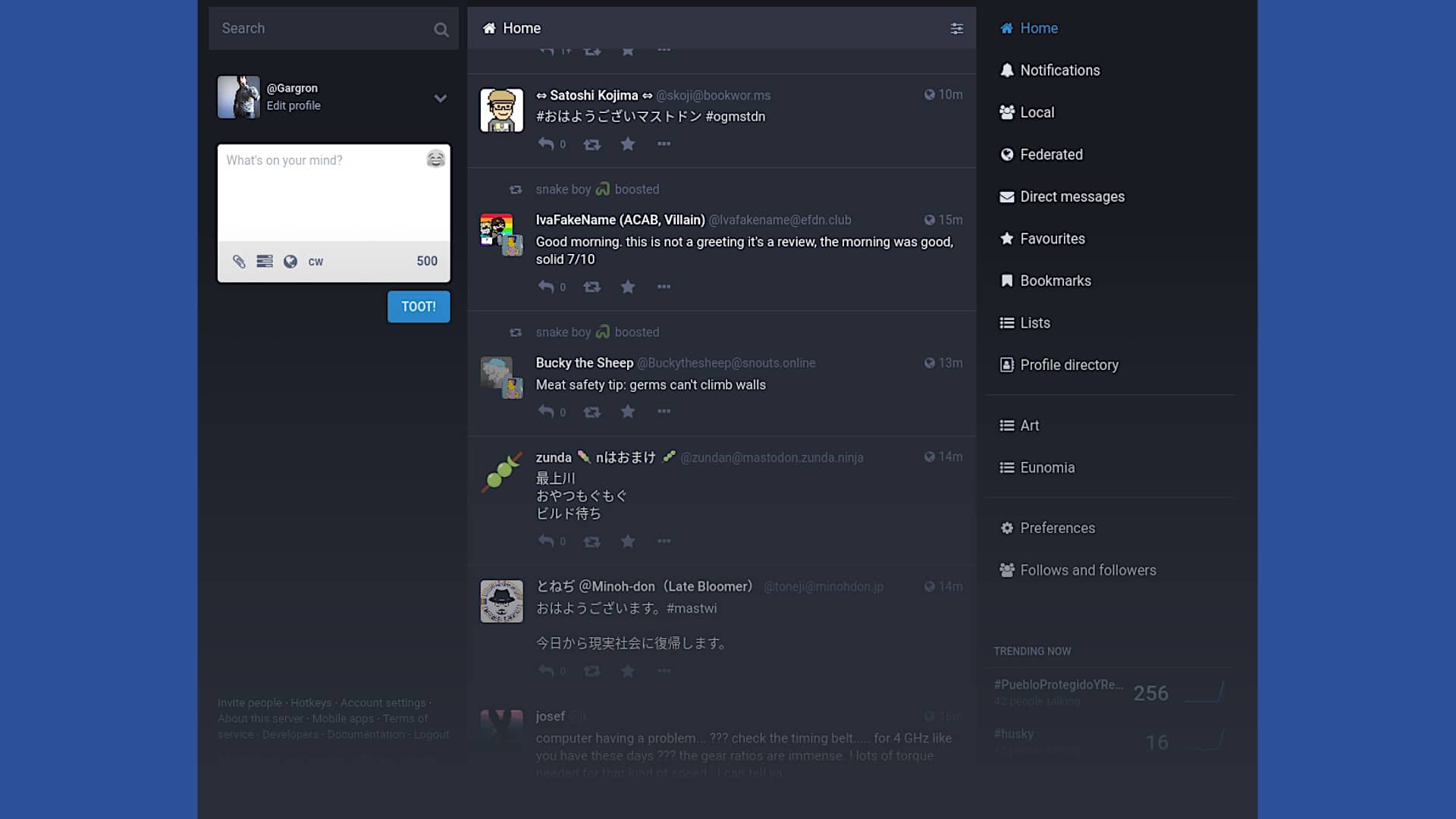
Does Mastodon cost anything?
No, the use of a Mastodon server is basically free of charge, and there is no advertising. Of course, it is up to you whether you want to thank the operators in the form of a donation or not.
Is Mastodon safe?
In this point, Mastodon benefits from being designed as an open source application. Any security vulnerabilities in the code can thus be quickly discovered and fixed by resourceful eyes – at least in theory. In addition, the service offers a number of tools to protect you against bullying and other forms of abuse on Mastodon.
Instead of a large corporation, Mastodon is based on the voluntary efforts of ordinary people worldwide. This sounds tempting at first, but it also has a downside: if the person running your server decides to pull the plug for personal reasons, you’ll be kicked off the network.
In addition, the operators can manually determine how far interaction with other servers should extend. So you may not have the same functions available to you as in other networks.
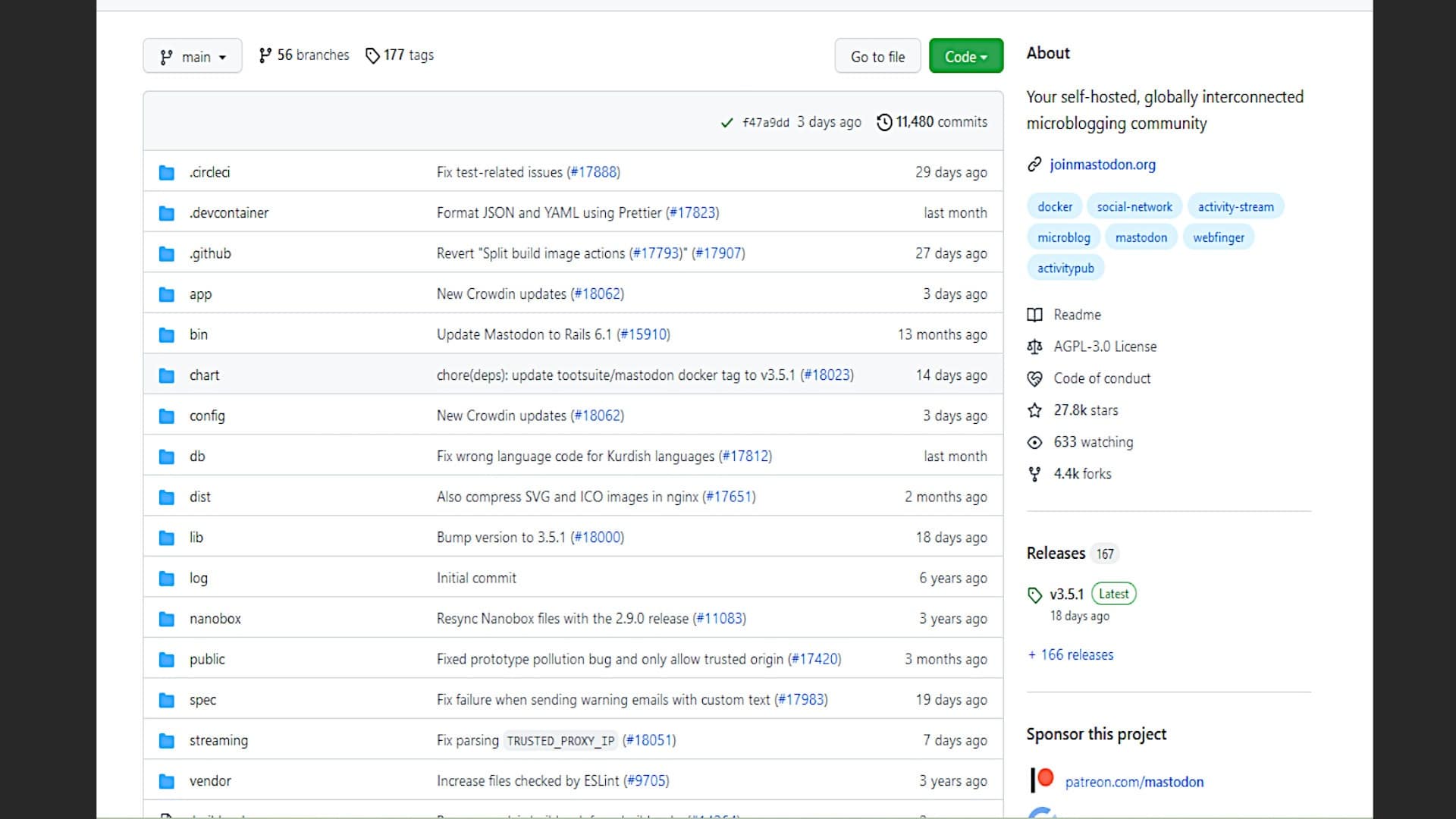
How do I switch to Mastodon?
First things first: If you are planning to switch from Twitter to Mastodon, you have to say goodbye to the hope of being able to transfer your content – i.e. tweets, pictures and other media. You’ll be starting from scratch, you have to realise that. Of course, it never hurts to check out other Twitter alternatives like Minus or Quitter.
If you still want to get started, we will guide you to your new presence on Mastodon in a few steps. Alternatively, you can follow the (official quick start guide).
(~) The first thing to do is to choose a server – yes, even before assigning your username. This is because it is supplemented by a server-dependent appendix. You can choose from a list of several categories, including gaming.
(~) Once you have found a server, click on Join and you will be taken to the normal registration form where you can enter your user name and password. You can also take a look at the members of the server beforehand to make sure that you meet as many like-minded people as possible.
(~) Important: Be sure to read the server rules before you sign up!
After you have completed the process, you will have your new Mastodon identity with the naming scheme [email protected] and can start your worldwide conversation!
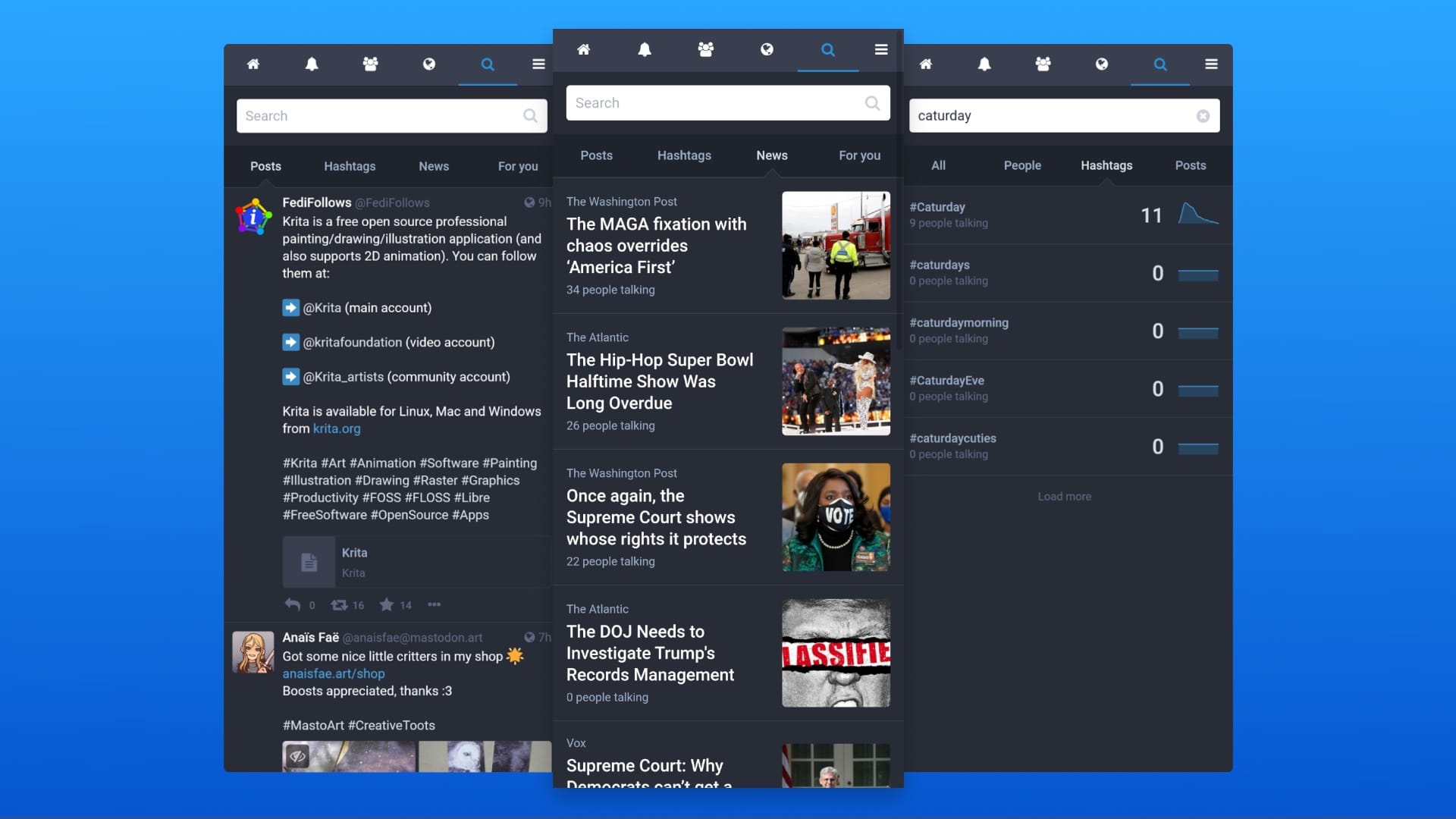
How many people use Mastodon?
According to official figures, over 4.4 million people worldwide currently use Mastodon. That sounds like a lot at first, but it’s only a fraction compared to Twitter, which has well over 200 million active users. So when moving to Mastodon, don’t expect to find your friends or celebrities as well as corporations you’ve been following on Twitter.
If you’ve already switched to Mastodon or another Twitter alternative, what’s your experience with the service? Are there things you particularly like and things you miss from your time on Twitter? Feel free to let us know your opinions in the comments!

